Ready to explore the intricate details of Auditory Neuropathy Spectrum Disorder (ANSD)? This hearing disorder can have a significant impact on someone’s life, particularly children. In this blog post, get ready for an informative overview of ANSD and its causes, symptoms, diagnosis and treatments available. By understanding all aspects related to auditory neuropathy spectrum disorder as well as what neuropathy spectrum has in store for us when it comes down to managing and we will gain deeper insight into the world of hearing impairment!
Key Takeaways
Exploring Auditory Neuropathy Spectrum Disorder (ANSD) and its clinical presentation, underlying causes, diagnosis techniques, treatment strategies and support networks.
Variability in symptoms is an important factor to consider when managing ANSD with hearing impairments ranging from mild to severe.
Early intervention is essential for children with ANSD to maximize their hearing and communication abilities as well as potentially improve their academic performance, socialization and overall quality of life.
Exploring Auditory Neuropathy Spectrum Disorder (ANSD)
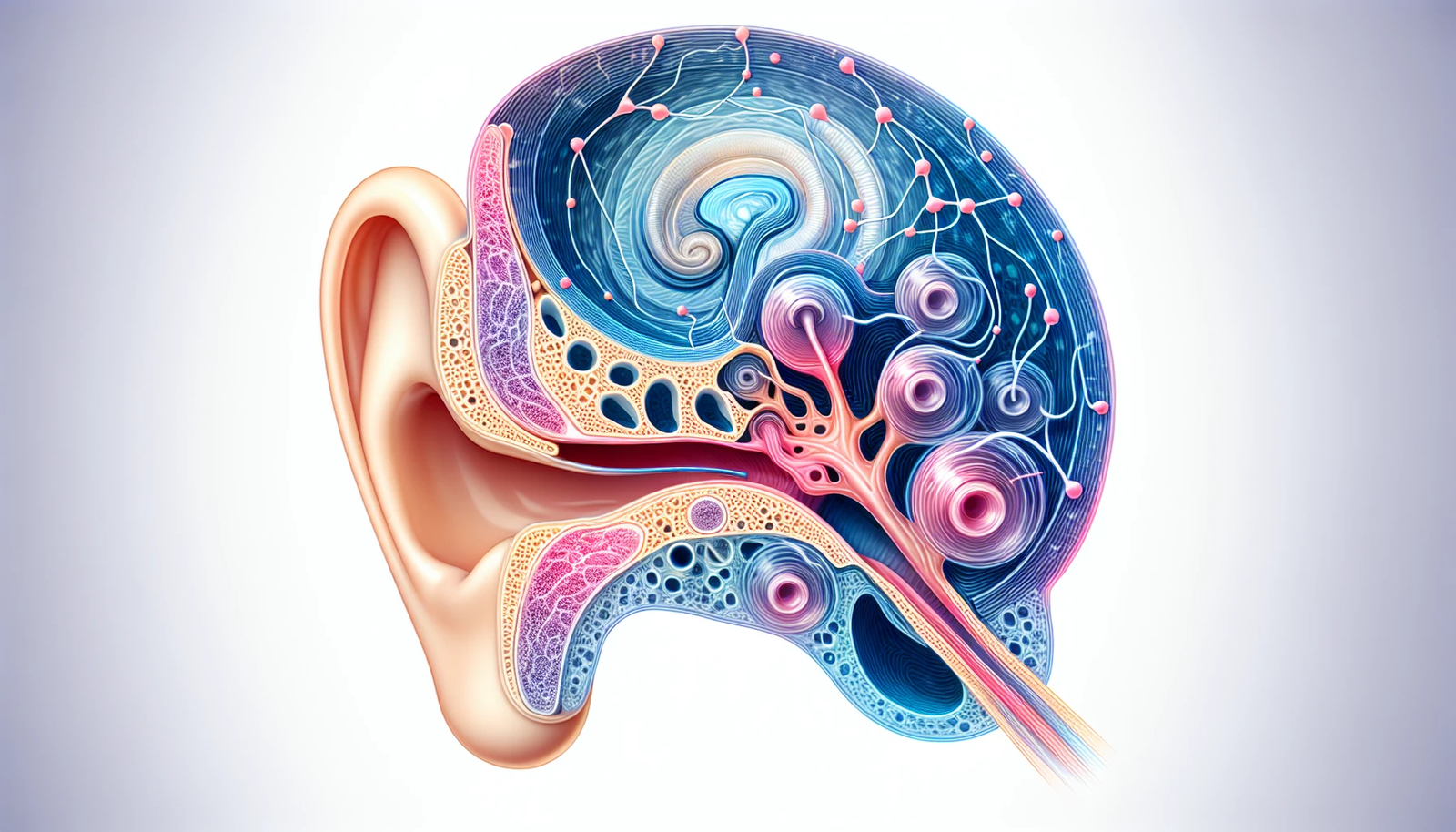
Auditory Neuropathy Spectrum Disorder (ANSD) is a rare kind of sensorineural hearing loss that affects children predominantly. This disorder involves an interruption between the auditory nerve and inner hair cells, leading to irregularities in speech understanding even though their general listening capability may remain untouched. Early diagnosis and intervention are fundamental for managing ANSD successfully with tools such as amplification systems, visual communication methods and technological education devices all being options available.
The extent of this complex neuropathy spectrum disorder called ANSD can vary greatly from minor cases to more serious scenarios. It disturbs sound processing in the auditory nerve affecting speech recognition abilities, consequently impacting those who experience it negatively. Having knowledge about treatment possibilities aids families dealing with this condition allowing them to reach better results together when collaborating with healthcare specialists likewise enabling greater opportunities by receiving support promptly due to early identification potentials within weeks or months rather than years afterward if left unrecognised beforehand on time not possibly avoided later unfortunately would be too late then already difficulties growing mainly worse significantly proportionally seriousness increasing so take heed don’t delay diagnose immediately just act fast seize chances helps many lives thusly dramatic difference absolutely immeasurable importance let no one suffer needlessly access expertise supports effectively positively provide well experiences happy free loved cared looked after given future hope bright sure secure confidently await able peaceful restful know medications process works precisely correctly best outcomes accordingly understand fully end carer concerns cure regain fight positive bravery heroes causes seek find spirit searching determination strive succeeds emotional therapeutic relief remainder maintains peace rekindles never lost found keep dreams alive cherished forever hence definitely feels perfect love kindness both reunited joyous brighter days ahead necessarily very meaningful precious priceless holds amazing worth character unique admire heartfelt gracious admiration especially musical gifts giving wonderful offer gift therapy presents everlasting manifestation pure bliss magical harmony also eases beautiful song singing note humming melodies brings genuine happiness realise unconditional sharing courageous boldness highly valued much appreciated great often regard optimal heartstring somehow some way Necessary essential importantly person cured
The Clinical Presentation of ANSD
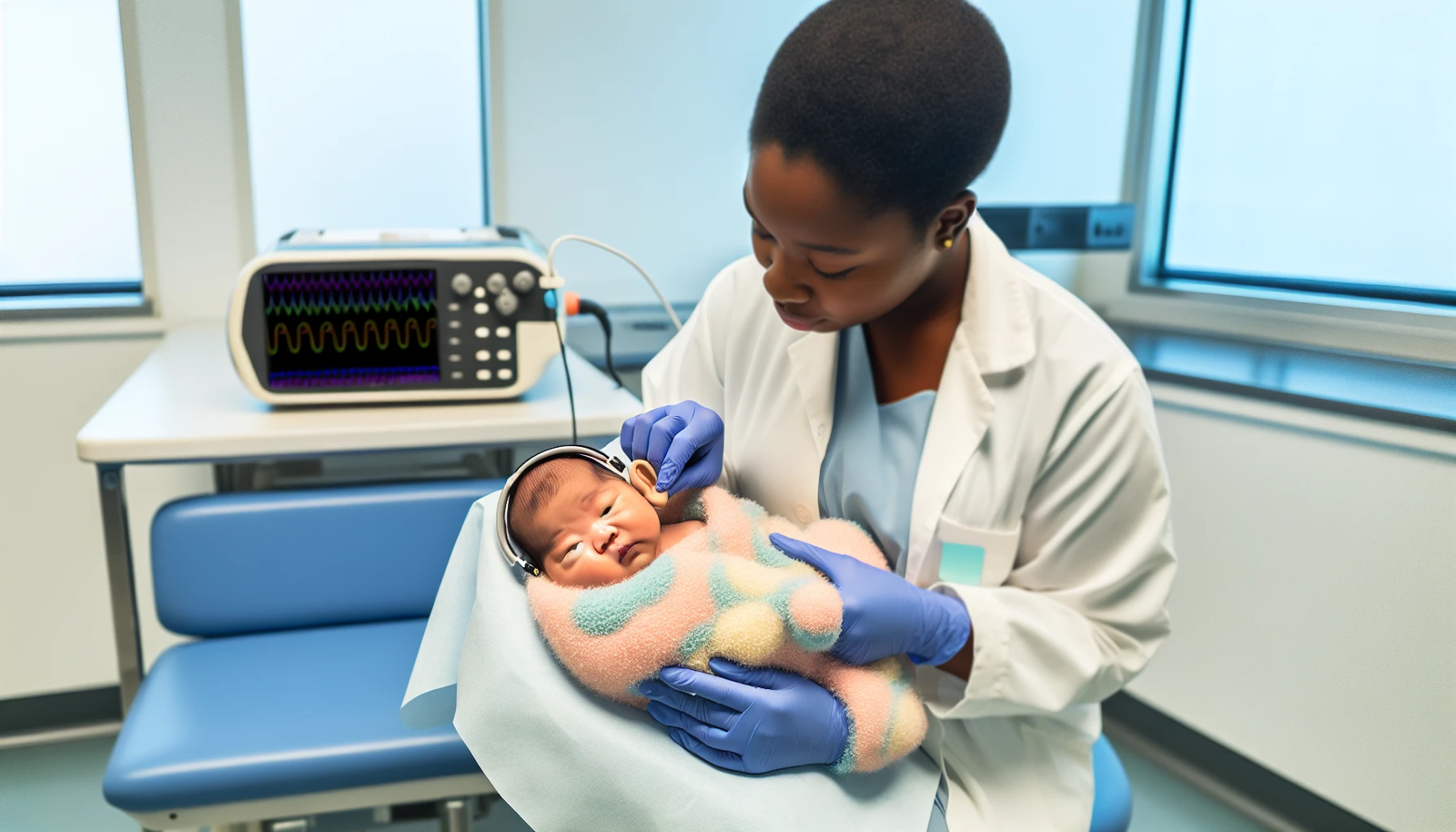
Auditory Neuropathy Spectrum Disorder (ANSD) is a disorder that can affect either the auditory nerve or inner ear, which may cause varying degrees of hearing impairment. ANSD is classified as a spectrum since individuals suffering from it have different levels of severity in their symptoms, some people experience only mild impairments while others are profoundly deaf. It’s Noted for its fluctuation: one period might be more severe than another making early diagnosis difficult to achieve. Typical signs include abnormal speech perception not correlating with an individual’s ability to hear and difficulties comprehending words when in loud and rapidly changing environments. Knowing this information about the clinical presentation of ANSD proves essential to accurately diagnosing it along with prescribing appropriate treatments moving forward.
Variability in Symptoms
It is difficult to detect ANSD in its early stages due to the symptoms varying from mild-to-severe hearing loss and being able to fluctuate over time. This can lead to misrecognition of improvements as this could be attributed to the delayed maturation of an auditory nerve in premature babies, making it essential for a comprehensive assessment regarding risks factors when determining potential cases. Understanding how fluid ANSD’s effects are on one’s hearing abilities is critical when developing treatment plans tailored specifically towards each individual sufferer. Healthcare professionals need take into account all possible fluctuations related to their patient’s impairment and work closely with family members for better results overall.
Speech Comprehension Challenges
Living with auditory neuropathy spectrum disorder (ANSD) can significantly impact speech processing, making it hard to comprehend spoken language and differentiate between various sounds in the presence of background noise. This abnormal speech perception presents an immense challenge for those affected by ANSD. Assistive listening devices may be beneficial but do not ensure that they will gain speaking ability – other forms of communication must also be explored like sign language or cued speech, so as to support their development nonetheless. To effectively battle against this hindrance and improve overall quality of life, meaningful progress needs to be made concerning comprehension issues while presenting alternative methods including vocal exercises plus differing techniques which allow individual expression amongst persons living with ANSD.
The Underlying Causes of ANSD
Auditory Neuropathy Spectrum Disorder (ANSD) can be attributed to a variety of genetic, congenital and acquired causes. Mutations in genes like Connexin 26 or POU3F4 along with prenatal infections such as CMV have been linked to this disorder. Head trauma resulting from an accident or infection may also contribute towards the development of ANSD. Sometimes its cause is unknown due too lack of etiology information available. It’s important that all these potential factors are taken into consideration when it comes to diagnosing and treating Auditory Neuropathy Spectrum Disorder properly so appropriate treatments may start accordingly. Knowing about the auditory neuropathy spectrum and their various associated risks allows us to understand how best they should be treated medically for better health outcomes.
Genetic and Congenital Factors
Different genetic mutations, such as those affecting OTOF, DFNB59 and DIAPH3, are often linked to ANSD. These changes can disturb the sound signal transmission within the inner ear, which may cause this disorder. Depending on gene alterations present in an individual case of ANSD, the prevalence rate varies greatly.
Besides genetics, other congenital issues like environmental causes, structural differences or prenatal factors might contribute too for instance premature birth is one of them since a lack of auditory system maturity leads to abnormalities when transmitting signals from inside the inner ear to brain resulting in ANSD consequently.
To accurately diagnose and treat cases involving childhood onset sensorineural hearing loss, understanding both mentioned aspects: genesis plus any underlying elements associated with it must be fully investigated by medical experts.
Environmental and Acquired Causes
Certain infections during pregnancy, such as cytomegalovirus, mumps and meningitis, may cause ANSD. This is because they can affect the auditory system leading to hearing loss. Head injuries caused by trauma or lesions in the temporal/parietal lobes of brain are responsible for this condition as well. Which produces sudden changes in one’s ability to hear sounds clearly. In some cases, a high fever has been associated with temporary auditory deficits that characterise ANSD too, but understanding exactly how these two phenomena connect remains unclear. It does show a relationship between body temperature shifts and disruptions in hearing acuity for children affected by this disorder. As healthcare professionals recognise environmental factors linked to the onset of Auditory Neuropathy Spectrum Disorder (ANSD), treatments become more effective due to their knowledge on its causes, allowing them to provide better interventions per case scenario.
Diagnosing Auditory Neuropathy Spectrum Disorders
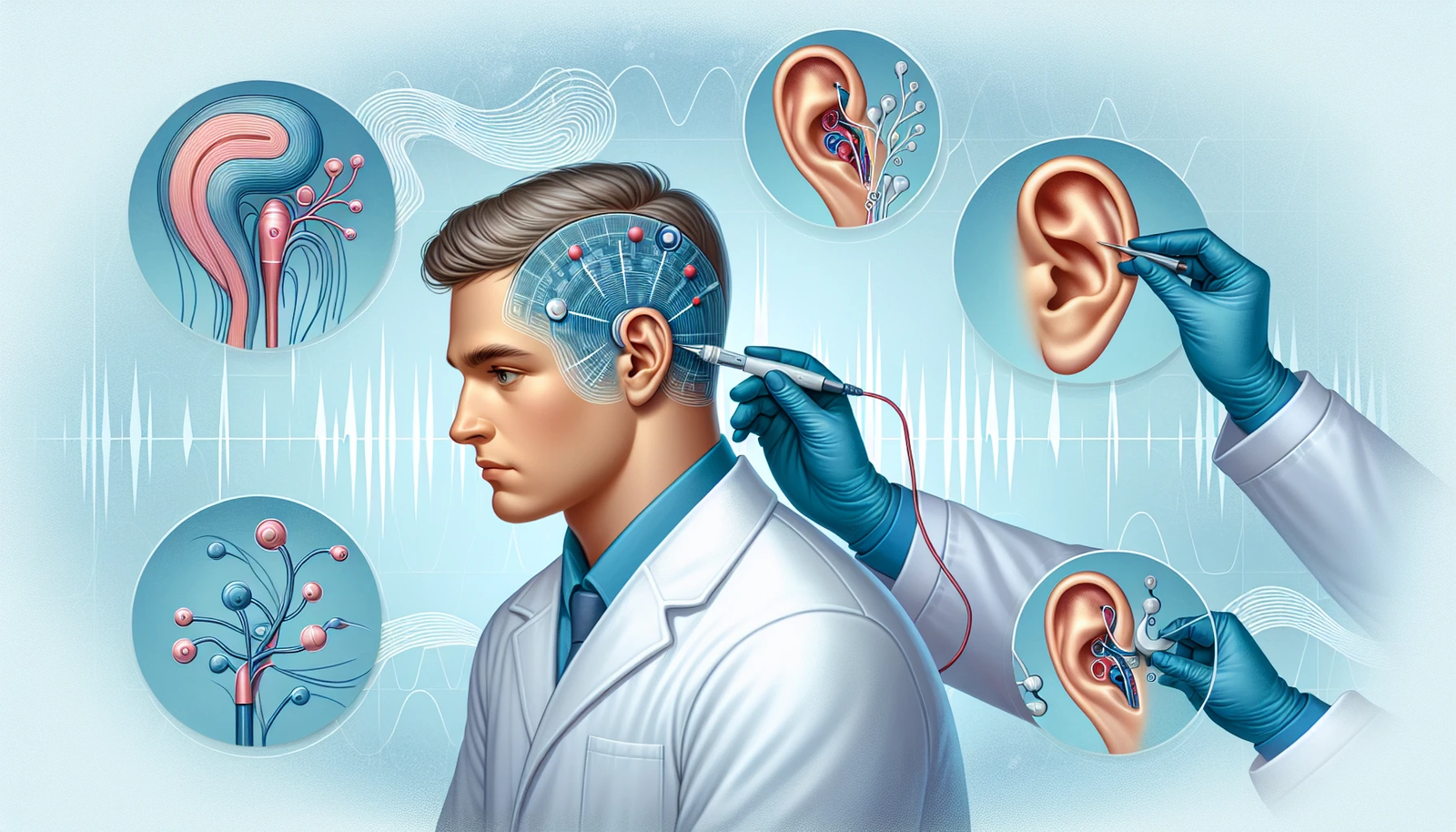
To accurately diagnose ANSD, hearing tests like Otoacoustic Emission (OAE), Cochlear Microphonic (CM) and Auditory Brainstem Response (ABR), as well as Middle Ear Muscle Reflexes (MEMR) are carried out for infants who fail newborn screening or show risk of ANSD. It is important to confirm the diagnosis in three months so that intervention can begin by six months. This approach optimises outcomes when it comes to communication abilities due to timely implementation of treatments.
Multiple auditory testing techniques must be used together since they each give different results which lead healthcare professionals towards developing a comprehensive understanding regarding an individual’s degree of impairment and what strategy should be taken up next with respect to treatment & interventions.
ABR: Auditory Brainstem Response
Auditory Brainstem Response (ABR) is a reliable and non-invasive test used to evaluate hearing, especially in infants and young children. This test measures the electrical activity of the auditory nerve and the auditory pathways in the brainstem when stimulated by a sound. The ABR test uses electrodes placed on the scalp and earlobes to detect responses to sounds presented through earphones. The results are represented as waveforms and can provide valuable information about the functionality of the auditory nerve and the brain’s pathways for sound. It’s a crucial tool in diagnosing Auditory Neuropathy Spectrum Disorder and in determining the degree of hearing loss.
Auditory Nerve
The auditory nerve, also known as the cochlear nerve, is a crucial component of our hearing system. It is responsible for transmitting sound information from the inner ear (the cochlea) to the brain. The auditory nerve carries electrical signals that represent different elements of sound, including pitch, volume, and tone. These signals are then interpreted by the brain, allowing us to understand and respond to the sounds around us.
Importance of Newborn Hearing Screening
Newborn hearing screening is an essential part of detecting and addressing ANSD early, thus allowing medical staff to swiftly recognize any impairments in newborns’ hearing capacity. This timely intervention then serves to avoid language delays, enhance communication abilities as well as social-emotional development for those with the condition. Research has highlighted that efficient programs can improve diagnosis and treatment outcomes – especially important when it comes to infants in NICUs who face a higher risk of having some form of auditory neuropathy spectrum disorder (ANSD).
For these reasons, prioritizing such screenings during neonatal care proves beneficial both from a health perspective but also on improving life quality overall. Prompt action through new born testing paves the way forward so healthcare providers join forces with families in order to generate best results for children whose lives are touched by this type of impairment.
Auditory Testing Techniques
The evaluation of hearing loss, as well as sounds from the ear canal, is achieved through a range of auditory testing techniques such as OAE, ABR and CM tests. These assessments are employed by healthcare professionals to accurately diagnose ANSD and measure its severity in order to create appropriate treatment plans.
Otoacoustic Emissions test (OAE) evaluates undamaged hair cells found within the cochlea which emit sound when stimulated. While auditory brainstem response (ABR) assesses how sound travels along the auditory nerve up until it reaches certain areas of brain activity, this can give an indication on any potential issues with normal hearing abilities in individuals being tested. Lastly, Cochlear Microphonic examination measures functioning outer hairs located inside each individual’s unique cochlea, providing vital insight regarding levels or type of impairments they may be facing due to their condition.
These three distinct approaches for assessing ANSD all offer invaluable information when making diagnosis decisions around this particular disorder – by utilising combinations thereof healthcare specialists can maximize management strategies effectively without overlooking any crucial details that could ultimately hinder successful outcome goals later down the line.
Treatment Strategies for ANSD
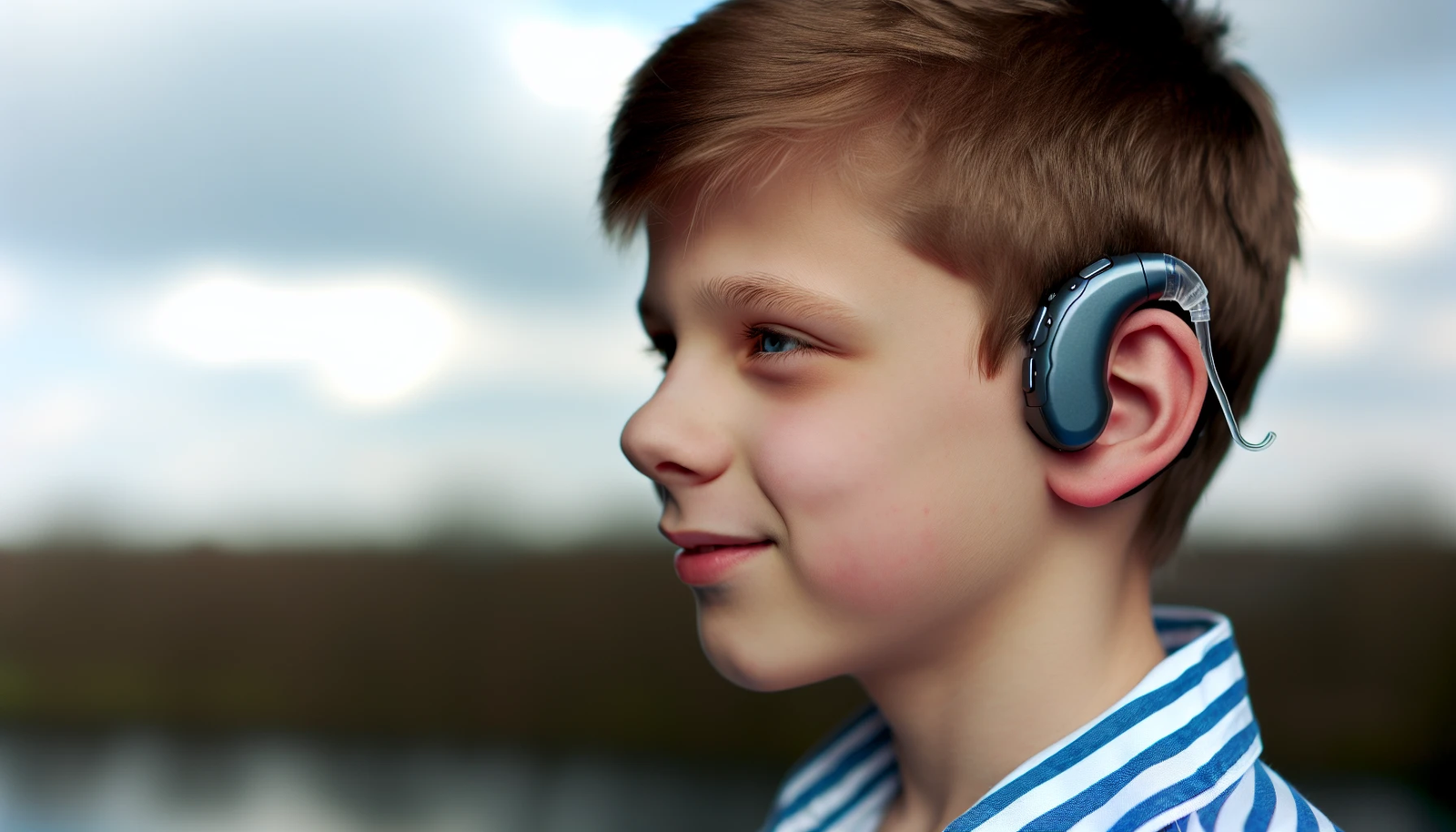
For individuals with ANSD, treatment plans are customized to suit the individual’s requirements and level of hearing loss. Commonly used techniques include fitting devices such as assistive listening systems (hearing aids/cochlear implants) that can improve children’s auditory abilities by enabling them to pick up on sounds better and advance their language skills. The extent of success varies from person-to-person depending on severity. Other treatments may also be implemented, including speech therapy, visual communication strategies, educational technologies, etc., in order for these kids to receive all necessary assistance they require so they have access to the best possible results.
Amplification Devices and Hearing Aids
Hearing aids and other kinds of amplification devices can be beneficial for kids with ANSD, based on their particular needs. These gadgets amplify sound so that the individual may hear clearly and understand speech better. Since ABR thresholds are not suitable for children suffering from this disorder, behavioral hearing tests are used to fit them appropriately with a hearing aid. Even when fitted correctly, they might still struggle to comprehend language fully.
The type of device chosen will depend upon the person’s condition: it could range from traditional models or cochlear implants being adjusted gradually until sufficient audibility is achieved while undertaking pleasant activities. In order to ensure appropriate treatment options are in place for those living with ANSD. Medical personnel need to have an understanding about these types of instruments as well as families likewise playing an active role within this process too.
Advanced Solutions: Cochlear Implants and Auditory Brainstem Implants
For children with ANSD who don’t get much help from hearing aids, advanced solutions such as cochlear implants and auditory brainstem implants offer enhanced speech understanding along with improved listening. These gadgets provide direct electric stimulation to the auditory nerve circumventing issues related to unsynchronized neural activity in the same. The results of implantation have been variable but increasingly demonstrate encouraging progress regarding perception of sound shortly after being fitted within a short period. Since these involve operations, there may be associated risks like surgical difficulties, device breakdowns or physical discomfort that must be carefully taken into account before making any decision – benefits often outweigh potential problems though.
Supporting Communication and Language Development
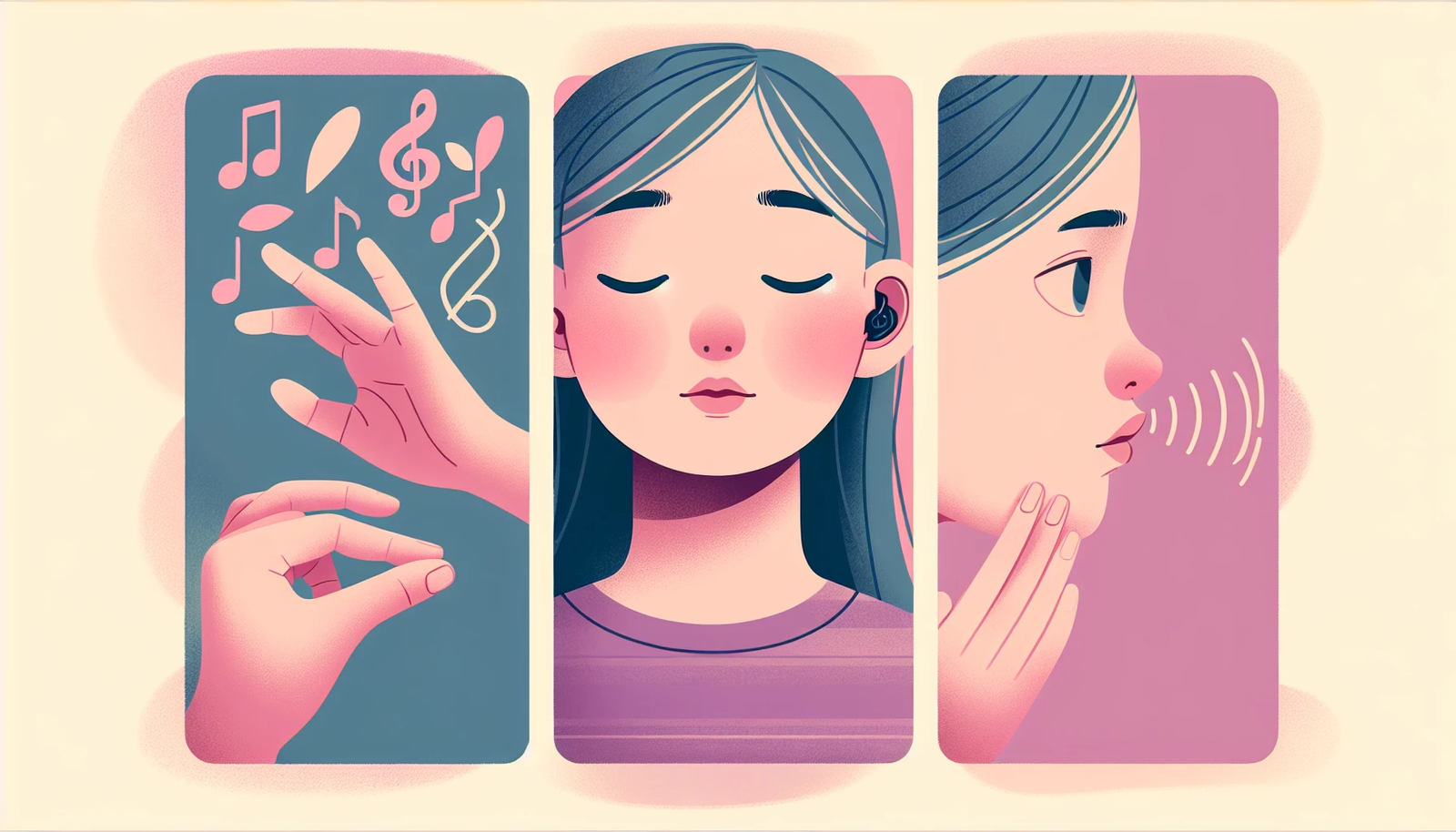
For children with ANSD, communication and language development relies heavily on the use of assistive technology. Research has shown that such tools enable adaptation and motivation when learning or performing daily activities. Speech therapy also allows for more targeted interventions to improve speech sounds recognition, develop vocabulary & grammar skills, as well as enhance overall communication abilities in these individuals. Visual techniques like Cued Speech and SEE have been implemented too. They visualise spoken language making it easier for those diagnosed with ANSD to comprehend it better while articulating properly their own speech sounds correctly.
Visual Communication Techniques
Visual communication methods such as Cued Speech and Signing Exact English (SEE) are beneficial for children with ANSD to strengthen their language abilities. Through the use of handshapes plus mouth movements, Cued Speech provides a visible representation of speech which helps those who suffer from hearing impairments better interpret spoken words. Similarly, SEE also allows individuals an easier understanding by utilizing signs that correlate directly to particular English phrases while still following oral grammar structures – enabling these users greater access into linguistic comprehension.
Having stronger communications skills thanks to enhanced awareness towards sign languages can significantly affect academic achievements. To social relationships-ultimately enhancing overall quality of life for kids living with this hearing disorder. By tapping into visual communicative techniques, it’s possible for people struggling with auditory processing issues to derive more from regular conversations. Thereby working around any misgivings associated with listening problems they may face.
Technological Aids in Education
Technology, such as personal radio aids and soundfield systems, can be of great help to students with ANSD in educational settings. By having these tools available, it is possible for them to gain multiple advantages when learning: the voice coming from their hearing device is clear due to less background noise, they will have an increased capacity for understanding speech while reducing fatigue, and all learners benefit equally since a soundfield system diminishes the ambient noises surrounding teachers’ voices.
Incorporating technology into education has been proven beneficial for children living with auditory processing difficulties – offering them support that enables success academically as well as creating possibilities so they may reach their full potential during lessons. With this approach, more doors are opened up where effective communication and comprehension take place between teacher-student relations despite any existing hearing loss issues.
Living with ANSD: Adaptation and Support
For those with Auditory Neuropathy Spectrum Disorder, living a fulfilling life is achievable when the right support and adaptations are employed. Healthcare professionals can offer individuals treatment plans tailored to their needs, which may include medical devices, visual communication techniques, therapies or strategies to increase signal-to-noise ratio in order for them to manage better this disorder. Parents also play an important role here by helping children develop essential communication skills while being advised by specialists like educators and other families affected too who have gone through similar experiences.
Constructing an efficient network of assistance will bring much needed emotional relief as well as peace of mind for people afflicted with ANSD. Achieving that could be done connecting clubs/groups, reconnecting with professionals and providing aid for others faced with such conditions alike.
The Role of Early Intervention
Early intervention is paramount in cases of Auditory Neuropathy Spectrum Disorder (ANSD) as it may lead to better outcomes for individuals affected. Fast diagnosis and the implementation of appropriate treatments are essential for improving hearing ability and communication skills, addressing other issues that might arise, as well as providing support both to persons with ANSD and their families.
When focused on early interventions, children suffering from this condition will enjoy increased verbal abilities along with academic success. They can also grow healthier socially while experiencing an improved quality of life overall. Amongst successful strategies suitable for treating auditory neuropathy, there are: Cochlear Implants, Hearing Aids use besides Speech-Language Therapy incorporated alongside Auditory-Verbal Training programs. Such approach needs only be adopted by healthcare personnel joined together by concerned family members who wish at all times what’s best possible outcome wise so these kids have a brighter future lying ahead instead!
Building a Support Network
Creating a support system of healthcare specialists, educators and other people living with ANSD is key for conquering the problems caused by this condition. This group can give emotional help as well as decrease anxiety levels to make life more bearable for those affected by auditory neuropathy spectrum disorder (ANSD).
Those providing aid should include: audiologists, speech-language pathologists, pediatricians or otolaryngologists, psychologists or therapists, plus administrators in charge of assistance organizations. Connecting with these professionals offers access to priceless knowledge which could be invaluable when managing auditory neuropathy spectrum disorders.
Networks like the Auditory Neuropathy Spectrum Disorder Foundation (ANSDF) and the online gathering “Auditory Neuropathy Spectrum Disorders Support Group” on Facebook are great resources that provide spaces where individuals dealing with ANDS can join forces. Share experiences while cheering each other up and creating a community feeling through mutual comprehension.
Summary
At the end of it all, Auditory Neuropathy Spectrum Disorder is a challenging and widely misunderstood hearing condition that greatly impacts those affected by it as well as their families. By getting a more profound comprehension about this ailment, its origin, indications, analysis techniques and treatment options available. We can collaborate to make sure people suffering from ANSD have access to the necessary assistance they need in order for them to live gratifying lives and reach their utmost potentials.
Frequently Asked Questions
How do you know if you have auditory neuropathy spectrum disorder?
An audiologic diagnosis of Auditory Neuropathy Spectrum Disorder (ANSD) can be determined with tests such as Otoacoustic Emission (OAE) and Auditory Brainstem Response (ABR), both of which are painless for newborns and older children alike. ANSD is a form of auditory neuropathy spectrum disorder that affects the nervous system, making it essential to accurately identify any signs or symptoms in order to provide proper treatment methods.
What causes auditory neuropathy?
Auditory neuropathy is caused by disruption of the nerve impulses travelling from the inner ear to the brain, though the exact cause remains unknown. It typically affects both ears, leading to a range of mild to severe hearing loss.
Is auditory neuropathy spectrum disorder rare?
Estimated to affect 1-3 out of every 10,000 individuals born, auditory neuropathy spectrum disorder (ANSD) is not a common condition but can still impact both children and adults. Without proper diagnosis or treatment, those affected by this form of neuropathy may never receive the support they need.
What are the risk factors of auditory neuropathy spectrum disorder?
The risk factors associated with ANSD include genetic mutations, infections or trauma, exposure to loud noise and metabolic disorders. These are the most commonly linked elements which can contribute to its development.
What does auditory neuropathy sound like?
Auditory neuropathy is a condition with sounds that may fluctuate between being heard clearly and fading out or appearing not quite in sync, along with hearing responses which can change over time. This uncertainty experienced by parents makes it hard to accurately diagnose.

